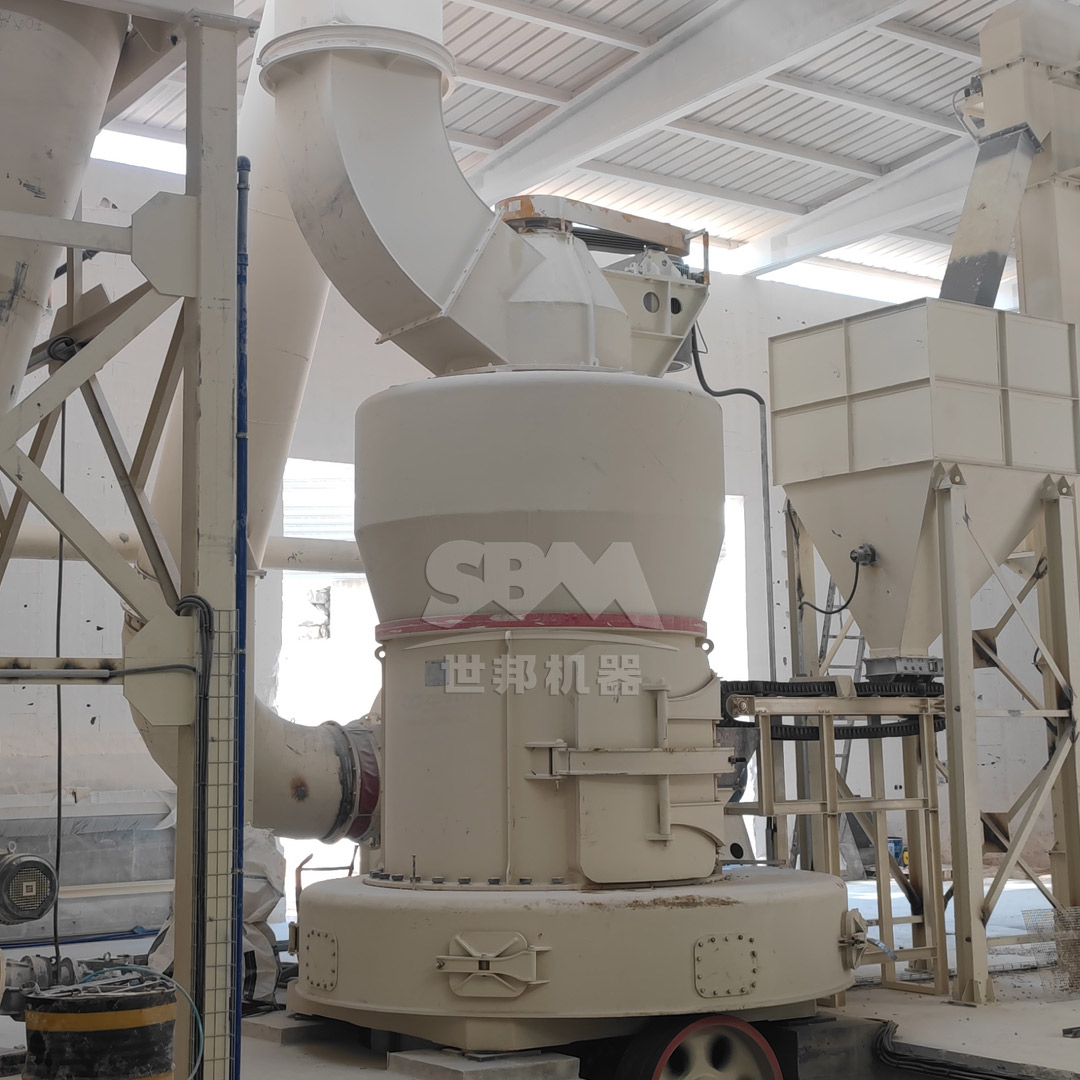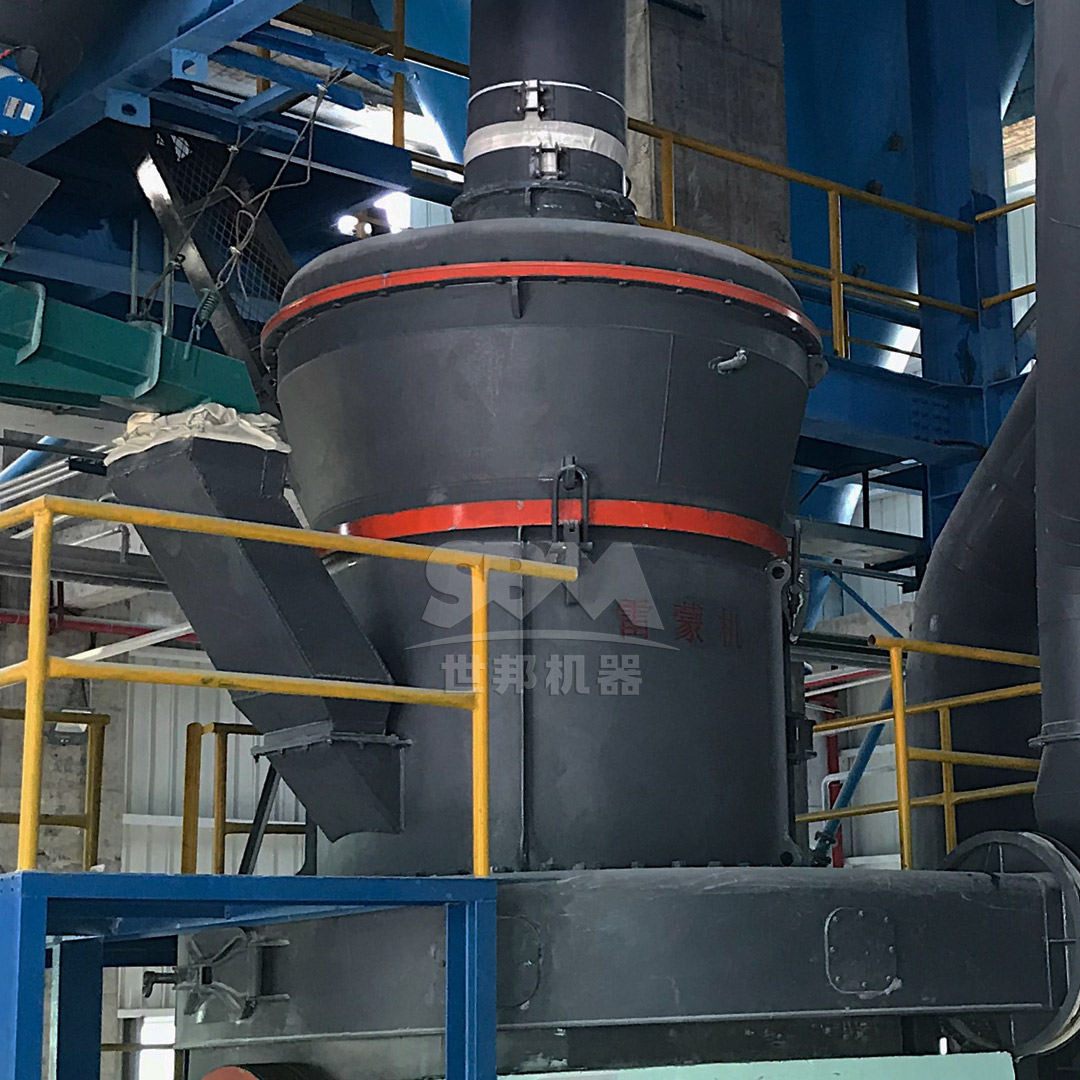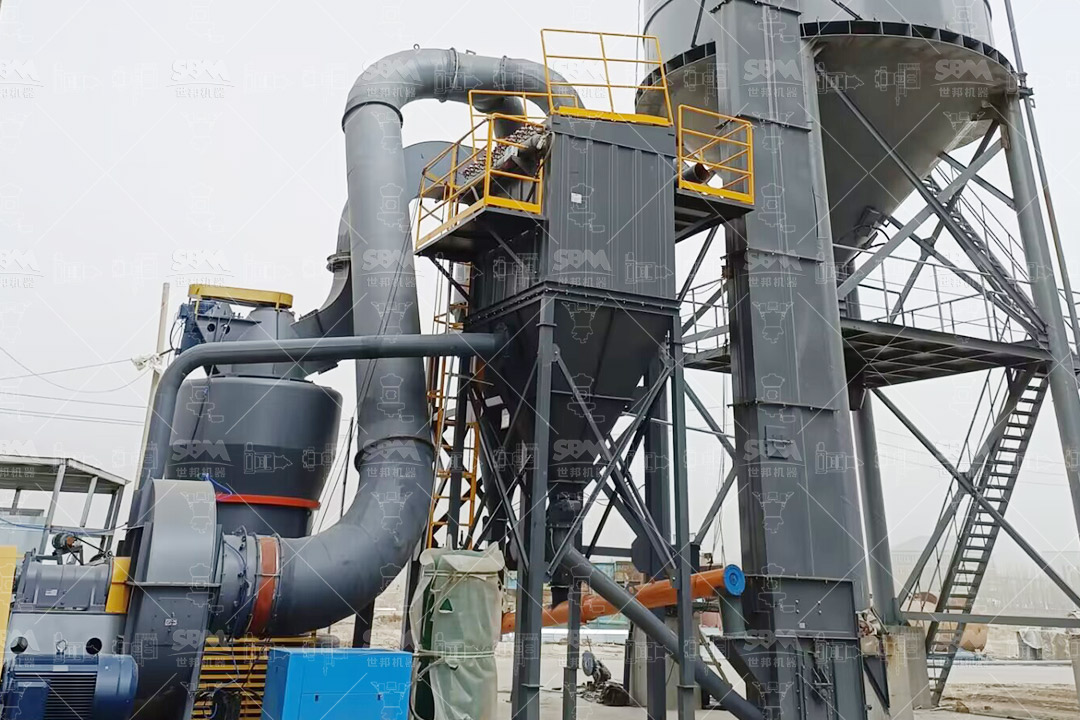The performance of high-temperature kilns in the alumina production industry is critically dependent on the quality and consistency of bauxite feed material. Proper pulverization of bauxite ore directly impacts kiln efficiency, energy consumption, and final product quality. This article explores the technical requirements for bauxite preparation and how advanced pulverization technologies can significantly enhance kiln performance while reducing operational costs.

Bauxite, as the primary ore for aluminum production, requires precise particle size distribution and chemical consistency to ensure optimal kiln operation. Inadequate grinding can lead to several operational challenges:
Advanced pulverization systems address these challenges by delivering consistently fine, uniformly sized bauxite powder that promotes efficient heat transfer and chemical reactions within the kiln.
Research and industrial practice have established that bauxite particles in the range of 45-325 mesh (325-45μm) provide the ideal balance between reactivity and handling characteristics. Finer particles increase surface area for faster calcination but may create dusting issues, while coarser particles require longer residence times and higher temperatures.
| Application | Optimal Particle Size Range | Special Requirements |
|---|---|---|
| Rotary Kiln Calcination | 100-325 mesh | Uniform distribution, minimal oversize |
| Fluid Bed Calcination | 200-400 mesh | High sphericity, controlled moisture |
| Flash Calcination | 325-2500 mesh | Ultra-fine, precise size control |
Modern bauxite grinding systems have evolved significantly from traditional ball mills to more efficient, specialized equipment designed specifically for abrasive materials like bauxite. The selection of appropriate pulverization technology depends on production scale, energy efficiency targets, and final product specifications.
When selecting bauxite pulverization equipment, several factors must be considered:

Based on extensive field experience and technical analysis, we recommend two specific pulverizer models that have demonstrated exceptional performance in bauxite processing applications.
For operations requiring ultra-fine bauxite powder (325-2500 mesh), the SCM Ultrafine Mill represents the state-of-the-art in grinding technology. This system is particularly suitable for flash calcination processes where extremely fine, uniformly sized particles are essential for rapid, complete reactions.
The SCM series offers several distinct advantages for bauxite processing:
The working principle involves main motor-driven multi-layer grinding rings rotating to disperse material centrifugally into the grinding path, where roller pressing achieves progressive pulverization. Final powder collection is accomplished through cyclone collectors and pulse dust removal systems.
| Model | Processing Capacity (ton/h) | Main Motor Power (kW) | Feed Size (mm) | Final Fineness (mesh) |
|---|---|---|---|---|
| SCM800 | 0.5-4.5 | 75 | 0-20 | 325-2500 |
| SCM900 | 0.8-6.5 | 90 | 0-20 | 325-2500 |
| SCM1000 | 1.0-8.5 | 132 | 0-20 | 325-2500 |
| SCM1250 | 2.5-14 | 185 | 0-20 | 325-2500 |
| SCM1680 | 5.0-25 | 315 | 0-20 | 325-2500 |
For conventional rotary kiln applications requiring bauxite in the 30-325 mesh range, the MTW Series Trapezium Mill offers an optimal balance of performance, reliability, and operating economy. This European-style grinding mill incorporates multiple technological innovations that make it particularly suitable for high-volume bauxite processing.
Key features of the MTW Series include:
The operational principle involves the main motor driving grinding rollers to revolve around the central axis while rotating themselves to generate centrifugal force. Shovels throw material between the grinding ring and rollers to form a material layer, with efficient crushing achieved through extrusion. The classification system precisely controls final particle size.

A major alumina producer in China recently upgraded their bauxite preparation system from traditional ball mills to the MTW215G trapezium mill. The results demonstrated significant operational improvements:
These improvements translated to annual savings exceeding $850,000, with the equipment payback period achieved in less than 14 months.
Successful implementation of advanced pulverization technology requires careful integration with existing kiln operations. Several critical factors must be addressed:
The transition from coarse bauxite to fine powder creates handling challenges that must be properly managed:
Modern pulverizers feature advanced control systems that should be integrated with kiln control platforms:
The economic justification for upgrading bauxite pulverization equipment extends beyond simple energy savings. A comprehensive analysis should consider multiple factors:
| Cost Category | Traditional Ball Mill | Advanced Pulverizer | Reduction |
|---|---|---|---|
| Energy Consumption | 45-55 kWh/ton | 28-35 kWh/ton | 35-40% |
| Maintenance Costs | $1.20-1.80/ton | $0.60-0.90/ton | 40-50% |
| Refractory Replacement | 18-24 months | 30-36 months | 35-40% longer life |
| Production Output | Baseline | +15-25% | Significant increase |
| Product Quality | Standard | Premium (higher value) | Market advantage |
When all factors are considered, advanced pulverization systems typically achieve payback periods of 12-24 months, with ongoing annual savings representing 25-40% of previous operating costs.
The evolution of bauxite grinding technology continues, with several emerging trends likely to shape future developments:
These advancements will further enhance the performance and economic benefits of advanced pulverization systems in high-temperature kiln applications.
Optimizing high-temperature kiln performance begins with proper bauxite preparation. Advanced pulverization technologies, such as the SCM Ultrafine Mill and MTW Series Trapezium Mill, deliver significant improvements in energy efficiency, product quality, and operational reliability. By selecting the appropriate grinding system for specific application requirements and properly integrating it with kiln operations, alumina producers can achieve substantial economic benefits while enhancing their competitive position in the global market.
The continuous development of pulverization technology promises even greater efficiencies in the future, ensuring that bauxite processing remains at the forefront of industrial innovation.